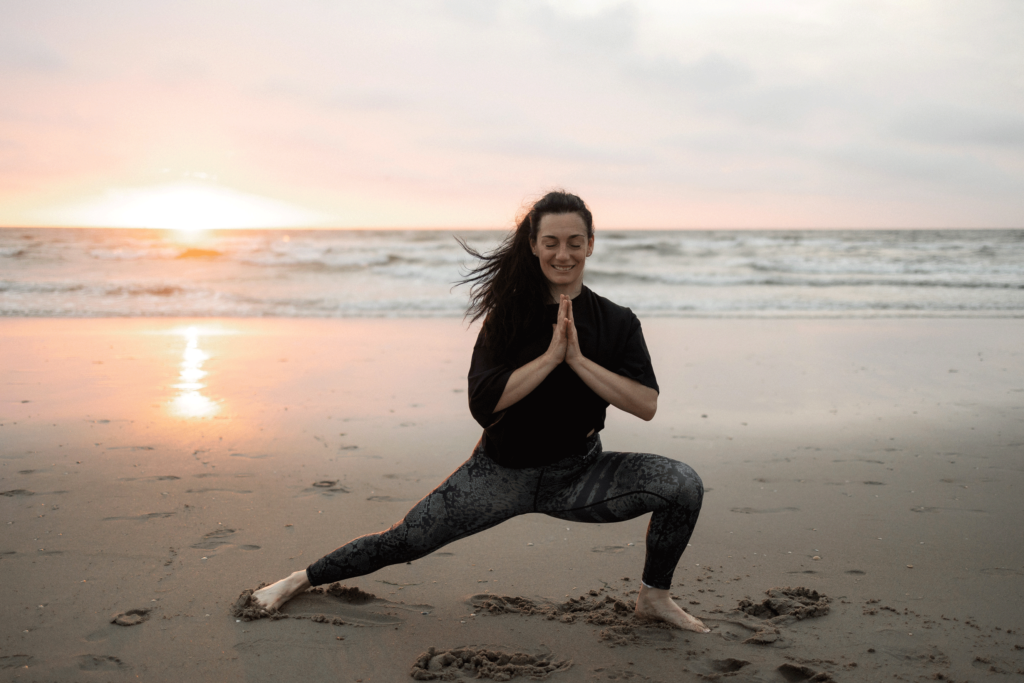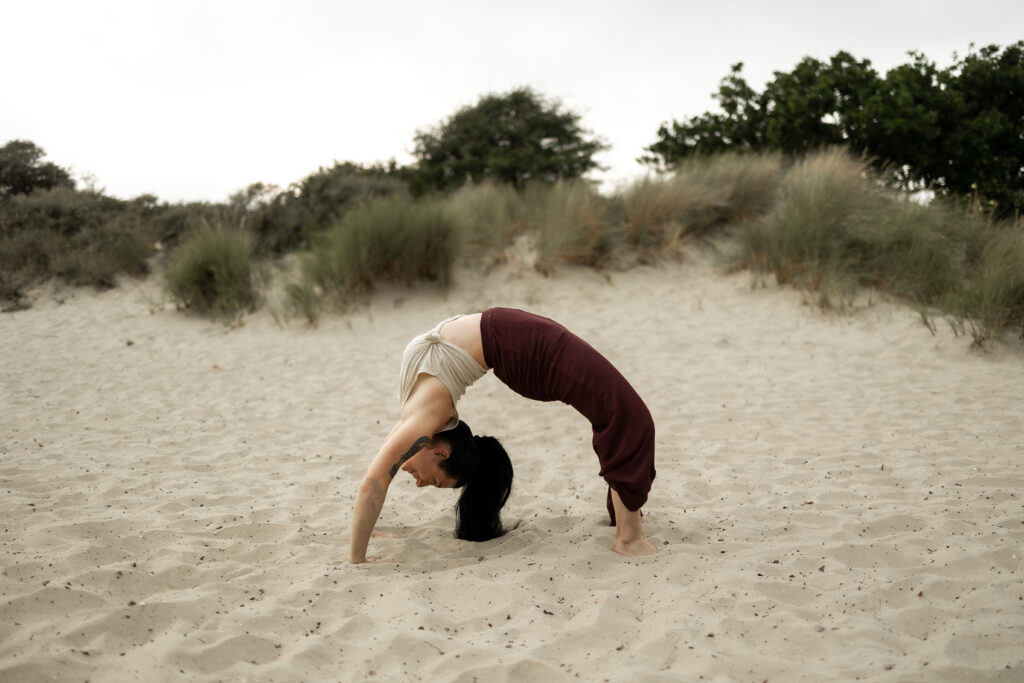Athletes face unique physiological and psychological stressors daily, which may lead to overtraining, burnout, and other physical and mental health issues. All causes athletes to give up their sports careers with a traumatic memory of it.
Studies have shown that a recovery yoga protocol with initial incorporation of 20 minute-practice twice weekly and with a third session of 60-minute practice each week for a more integrated mind-body yoga experience has resulted in promoting the most effective recovery in measures such as performance, physical biomarkers of stress, muscle damage, heart rate variability, sleep quality, mood state, anxiety and depression.
Yoga is frequently defined as a way to join or unite all aspects of a person: the physical self, mental self, emotional self, history, and goals for the future. Learning to listen and respond to bodily sensations is the core message of yoga.
Mind: The mind relates to all mental and emotional processes. The mind is the control centre that is credited for the genesis of thought, emotion and perception.
Body: The term refers to the physical being and physiological function of humans. The body includes the brain, nervous system, endocrine system, immune system, and muscular, and skeletal systems. Not merely the collection of complex systems but the union of how each one operates within the whole.
Spirit: The spirit and spirituality are defined as a sense of empowerment and personal control over one’s self and responses to life, a sense of connectedness to one’s deeper self and to others, a sense of purpose and meaning, and hope for the wisdom and capability to deal well with whatever comes. The spirit is the deepest sense of belonging and participation. The entity is not innately connoted with religious, moral, ethical, or psychic realms. Spiritual attitudes are highly individualized and can include these realms if desired by the individual.
how yoga can support recovery in athletes
The main tools we can draw from our mindfulness, asana, pranayama or yoga breathing.
Mindfulness: is a form of meditation focused on purposefully attending to the present moment. The goal of mindfulness is not experiential avoidance or the suppression of negative thoughts, emotions, or pain, which can be an unhealthy way to cope with stressors and ultimately lead to psychological inflexibility.
The goal of implementing mindfulness practice is to allow the athletes a healthy time to acknowledge stressful or negative notions, let them come up without judgment, and allow them to pass by. Mindfulness practice teaches athletes to give attention to stimuli and allocate appropriate resources to deal with them, leading to improvements in cognitive processing like attention orientation, executive attention, and working memory, all of which can improve performance.
Asana: Adding movement/postures of yoga, or asanas, to this practice of mindfulness is an important aspect for athletes due to their kinesthetic inclination. Athletes may prefer to learn mindfulness through movement and activity rather than through a static relaxation practice.
Pranayama is an important pillar of recovery yoga. The attention towards breath associated with the practice of yoga helps induce the relaxation response.
CONCLUSION
When are we going to start introducing Yoga in every Sporting Centre?


